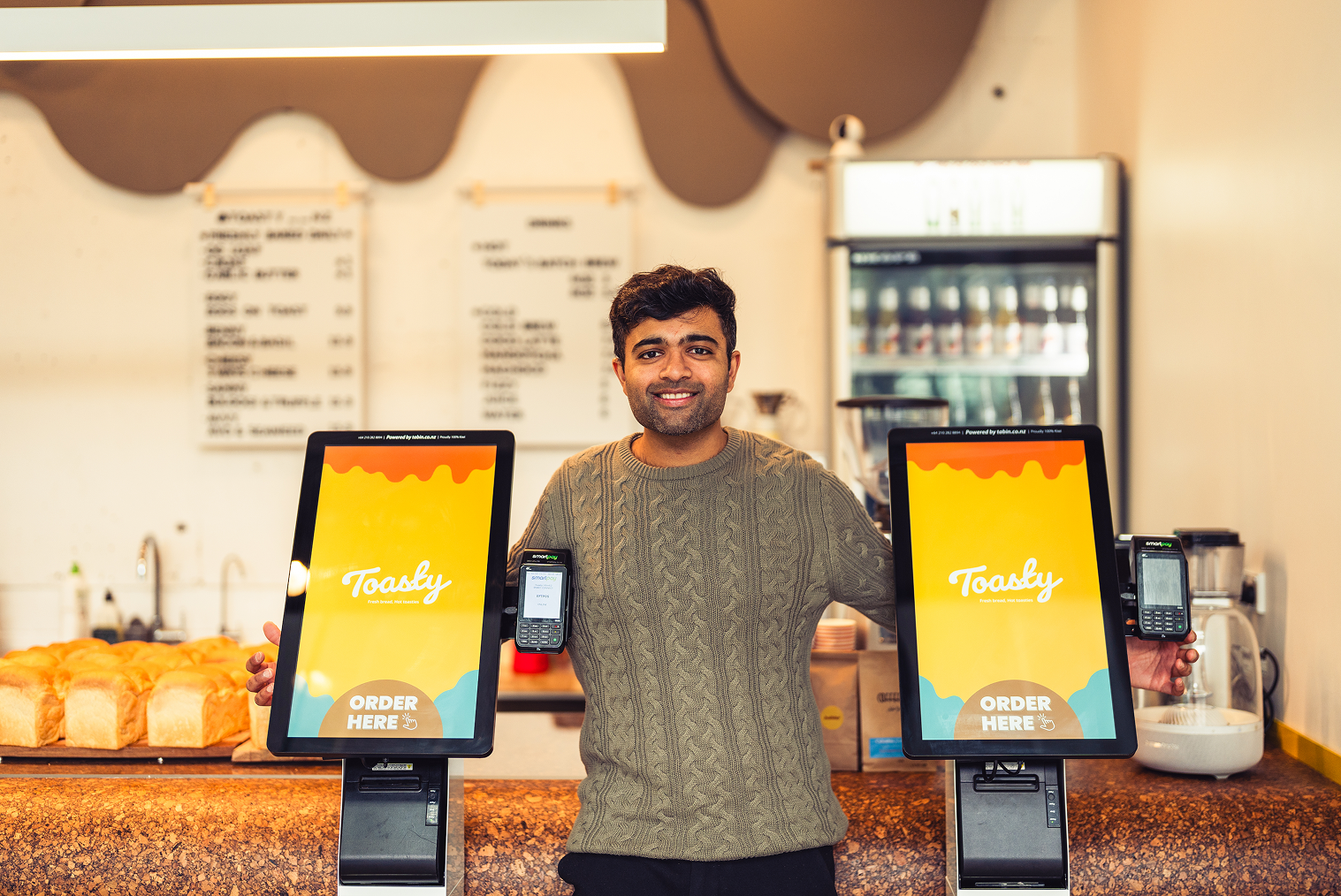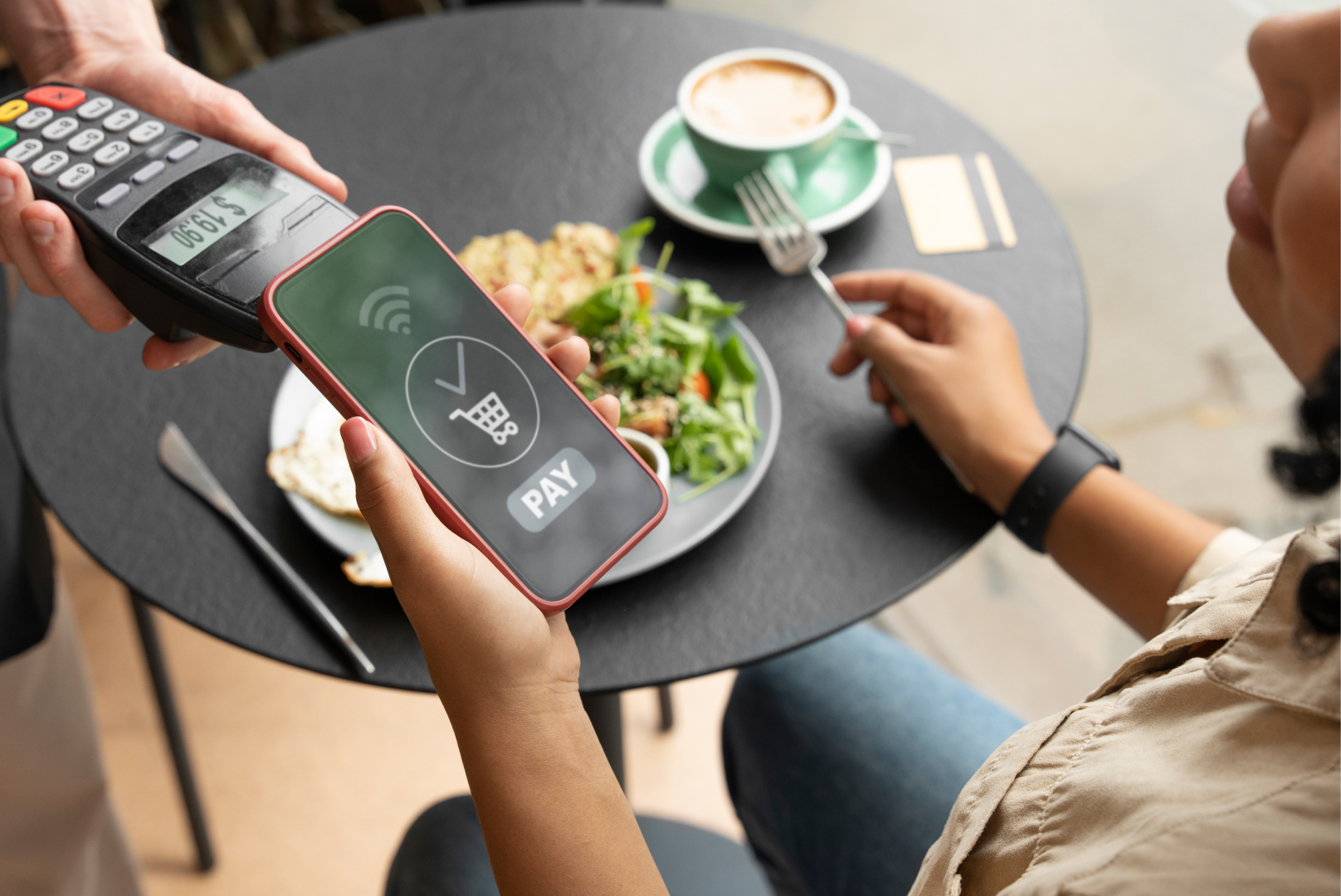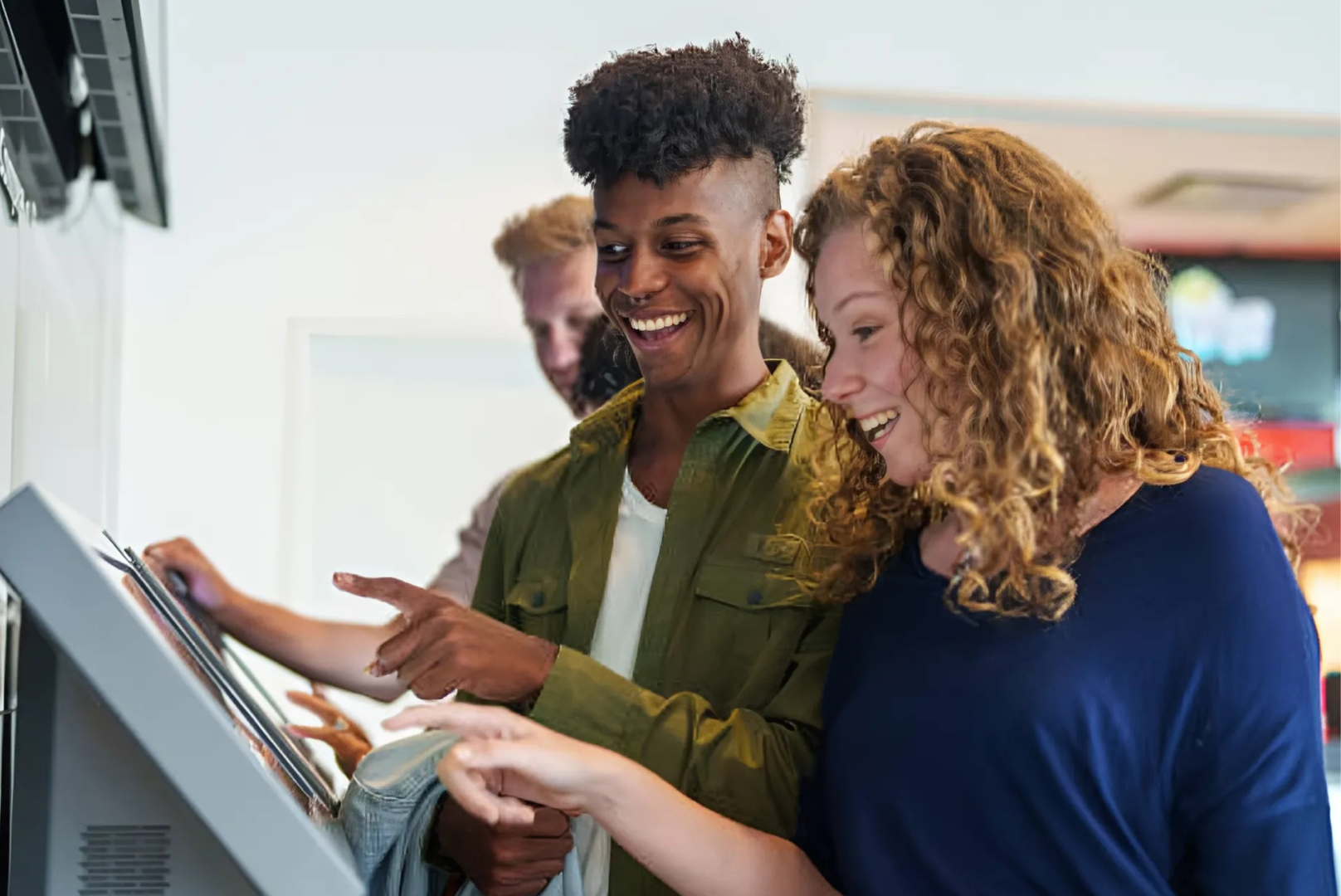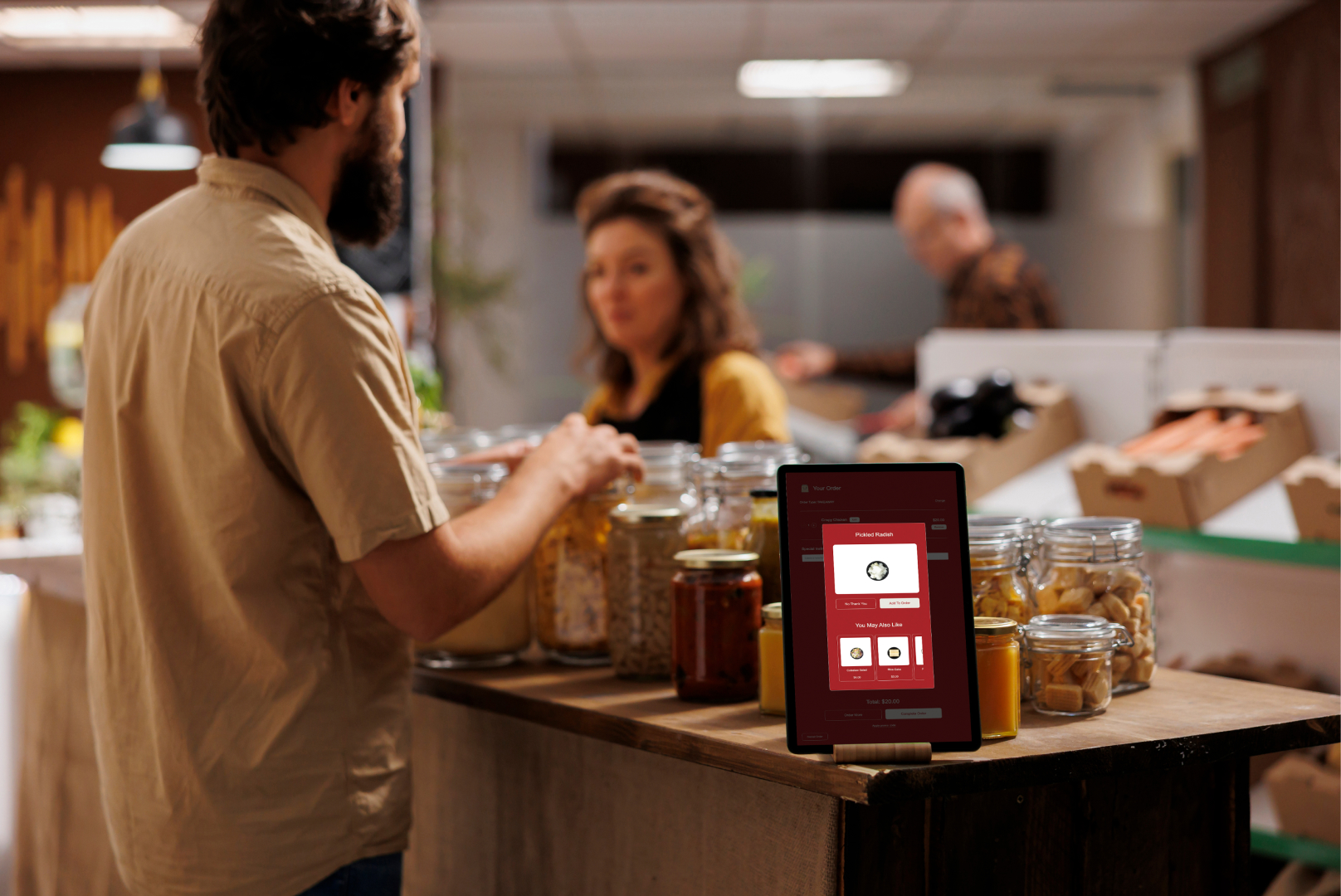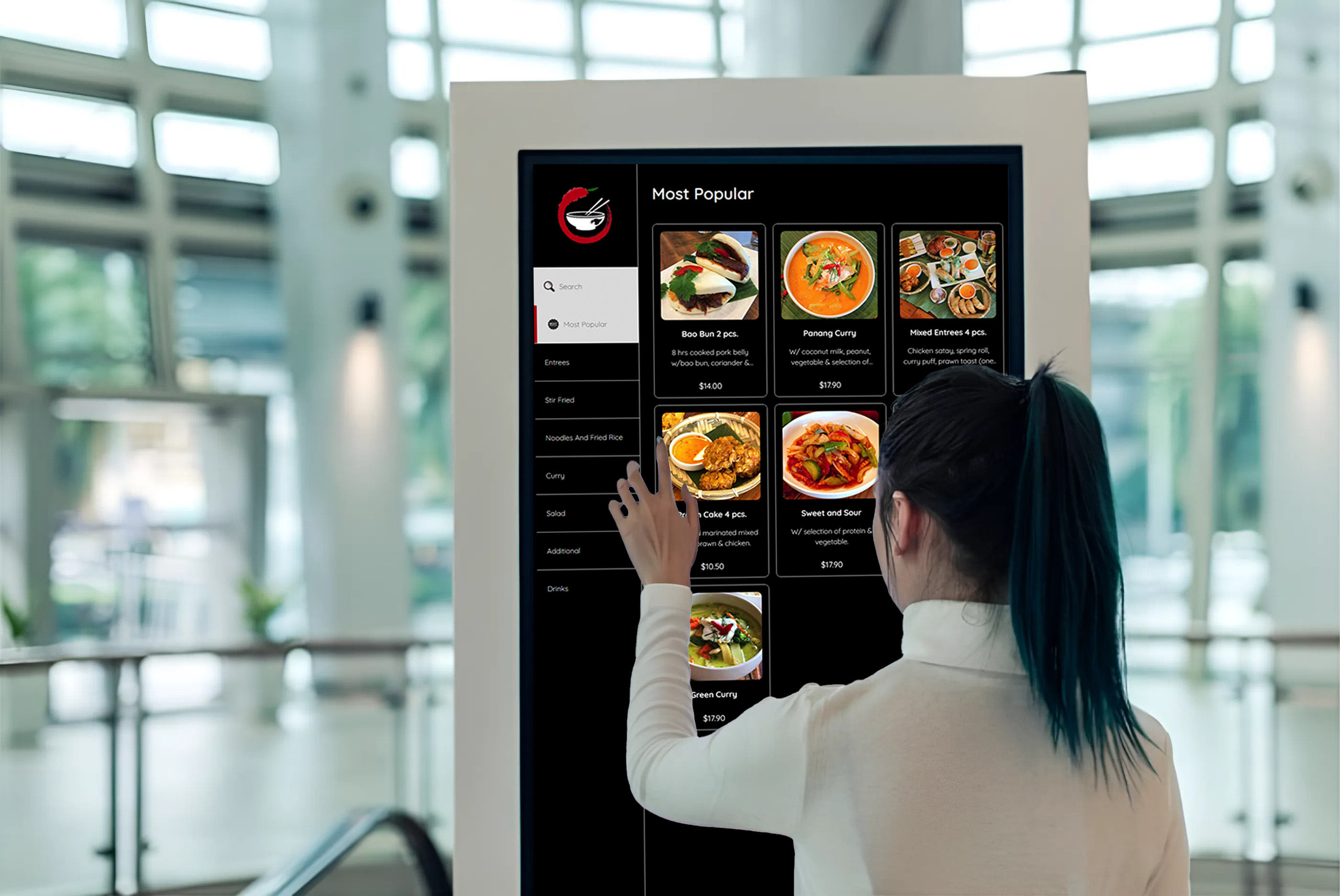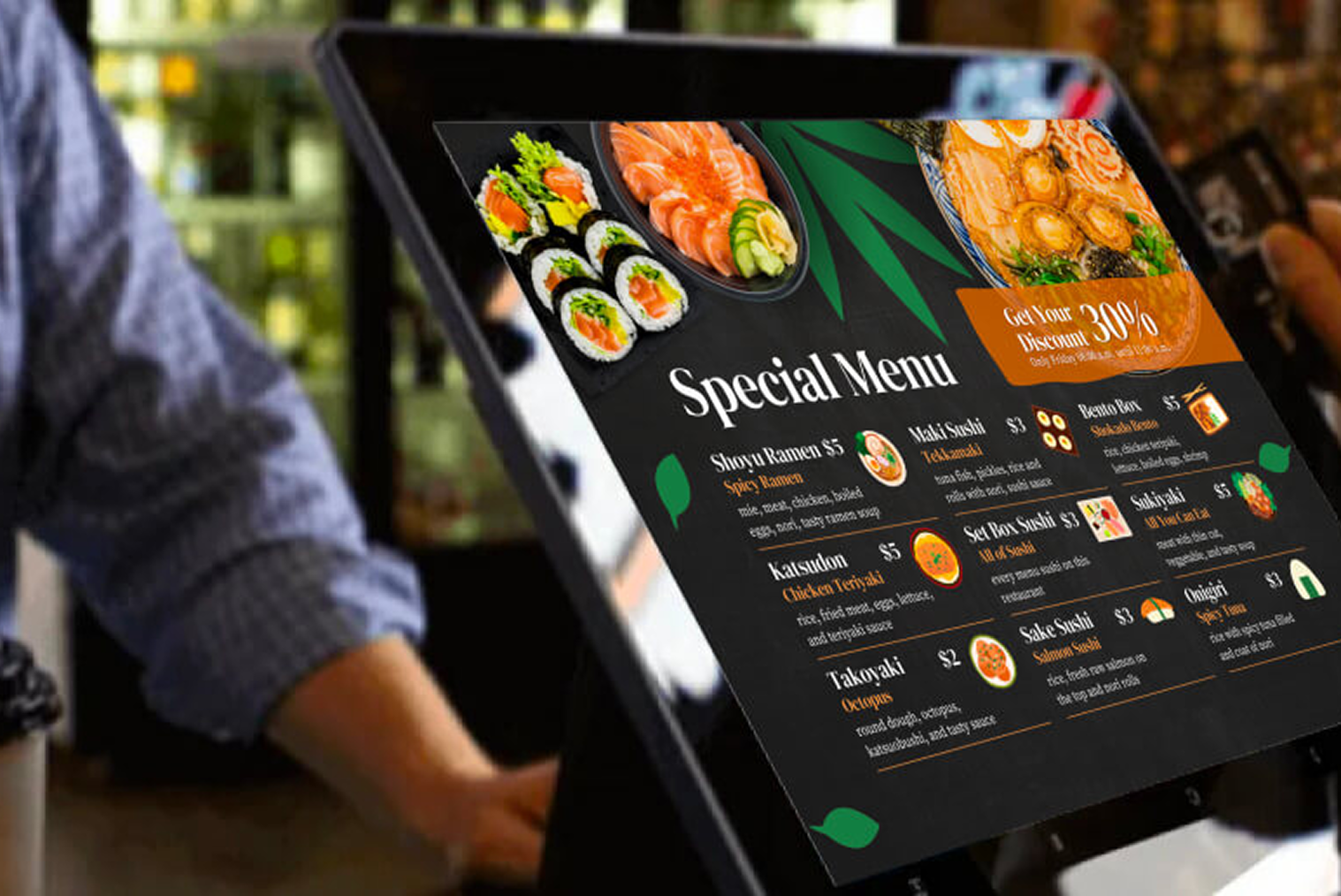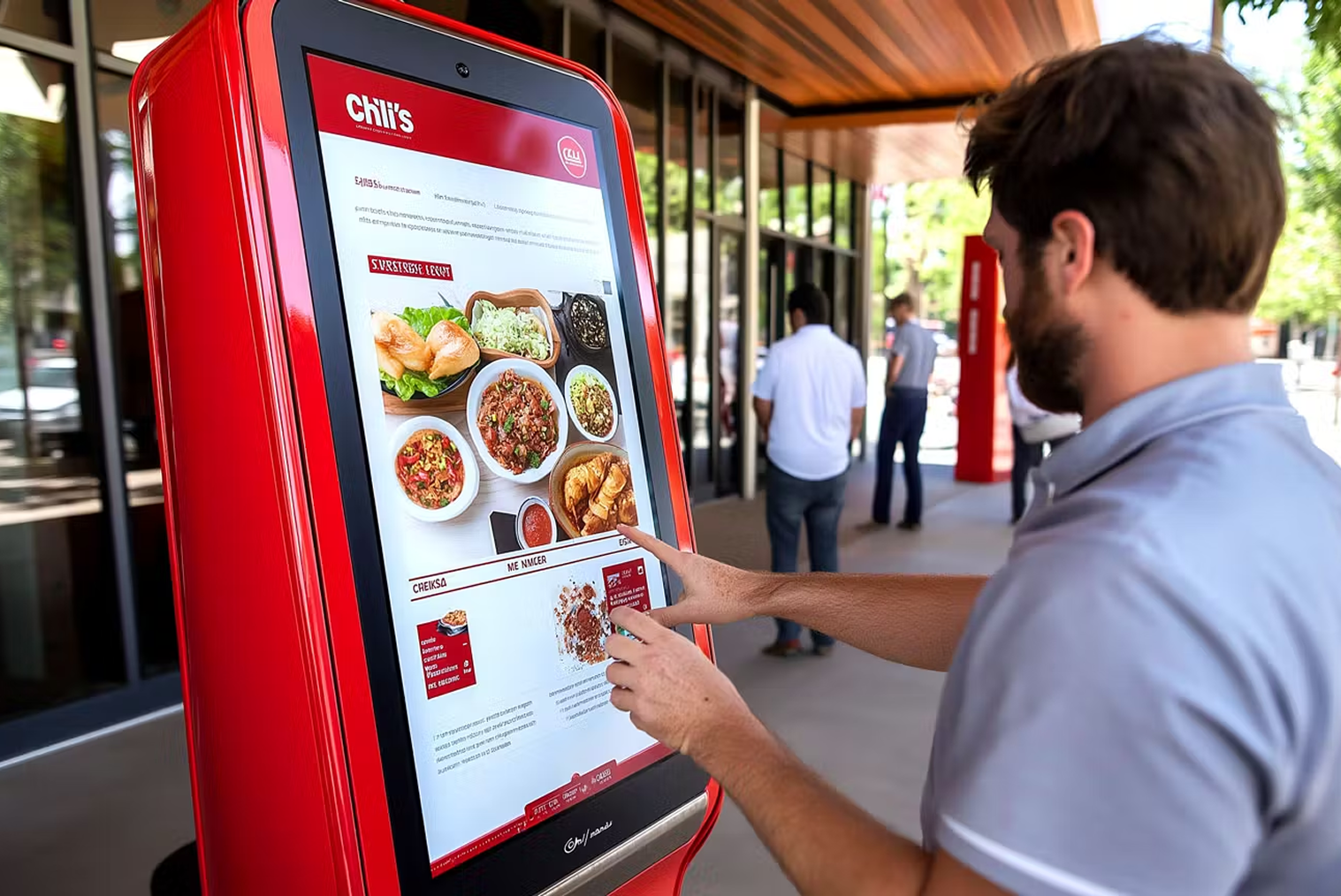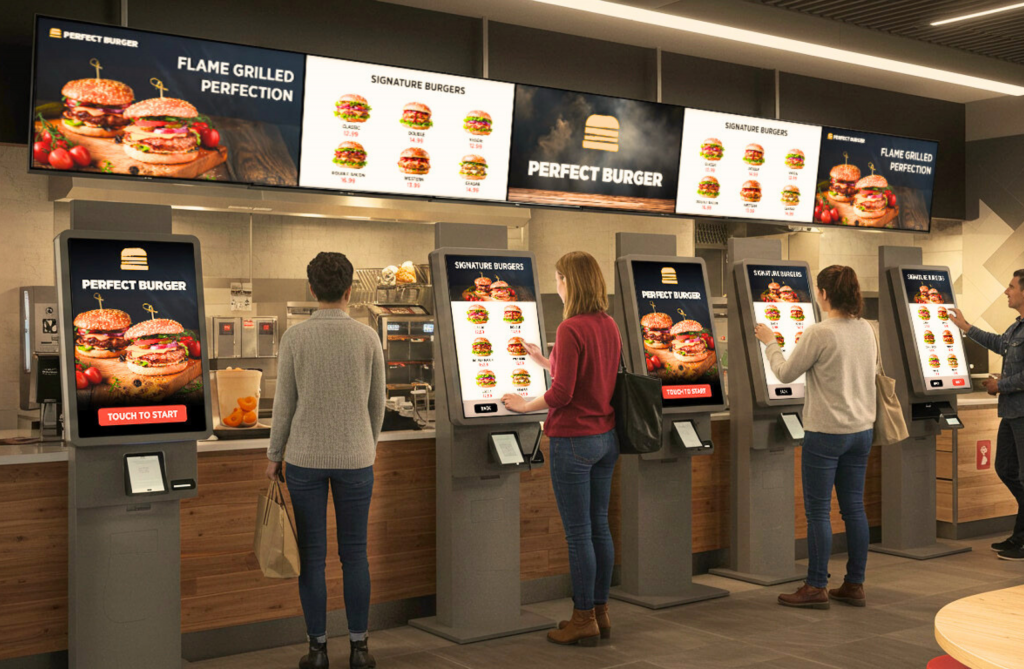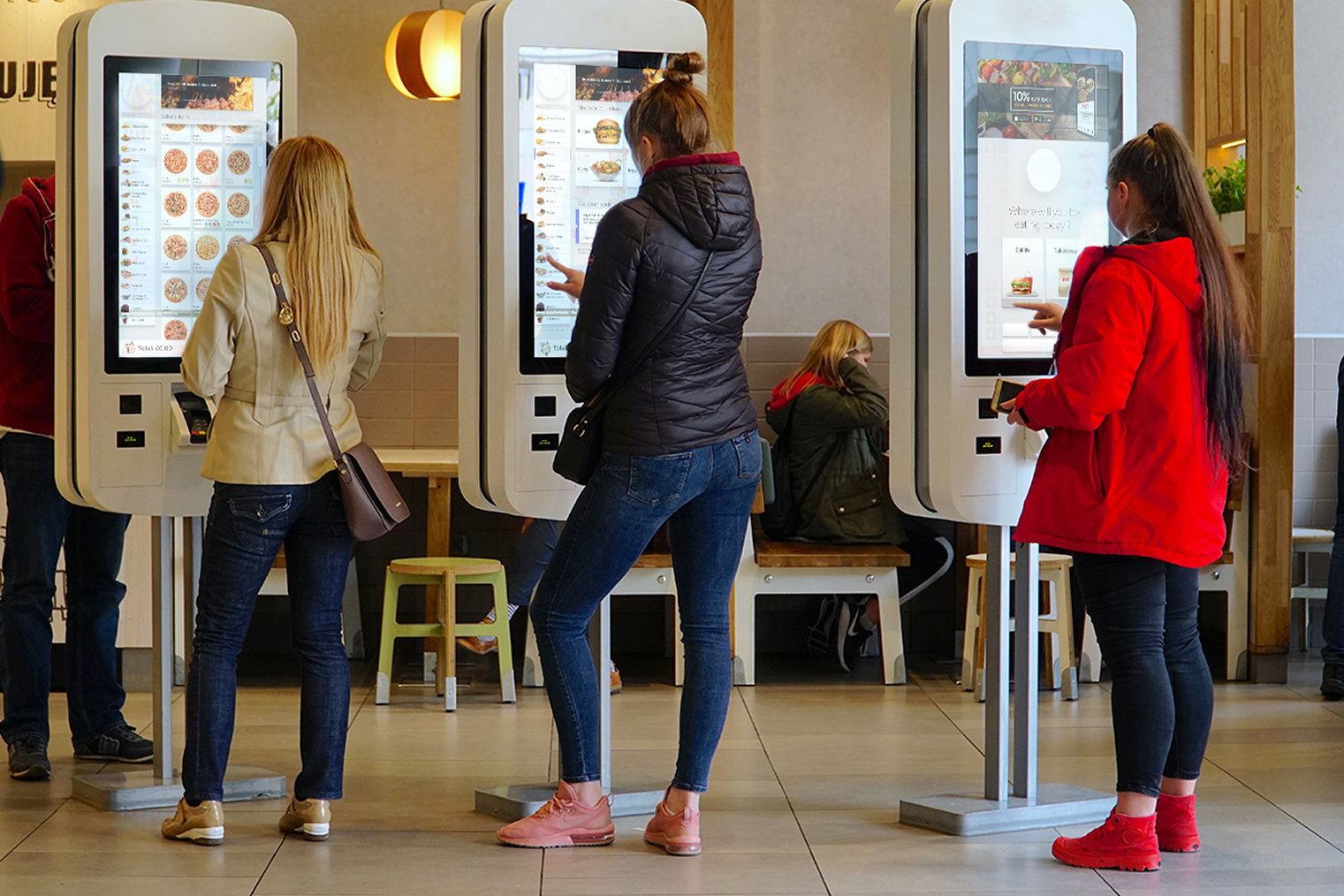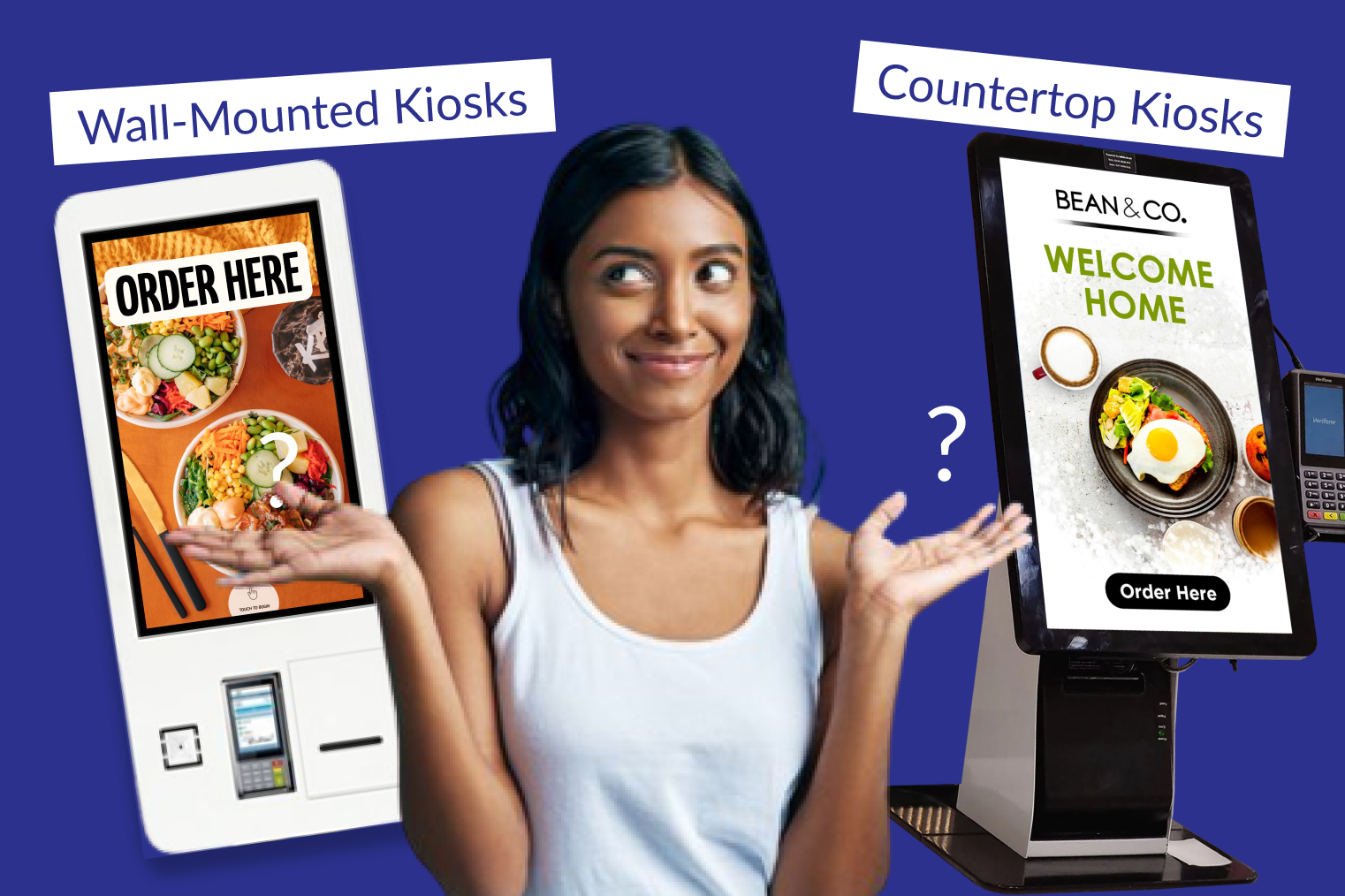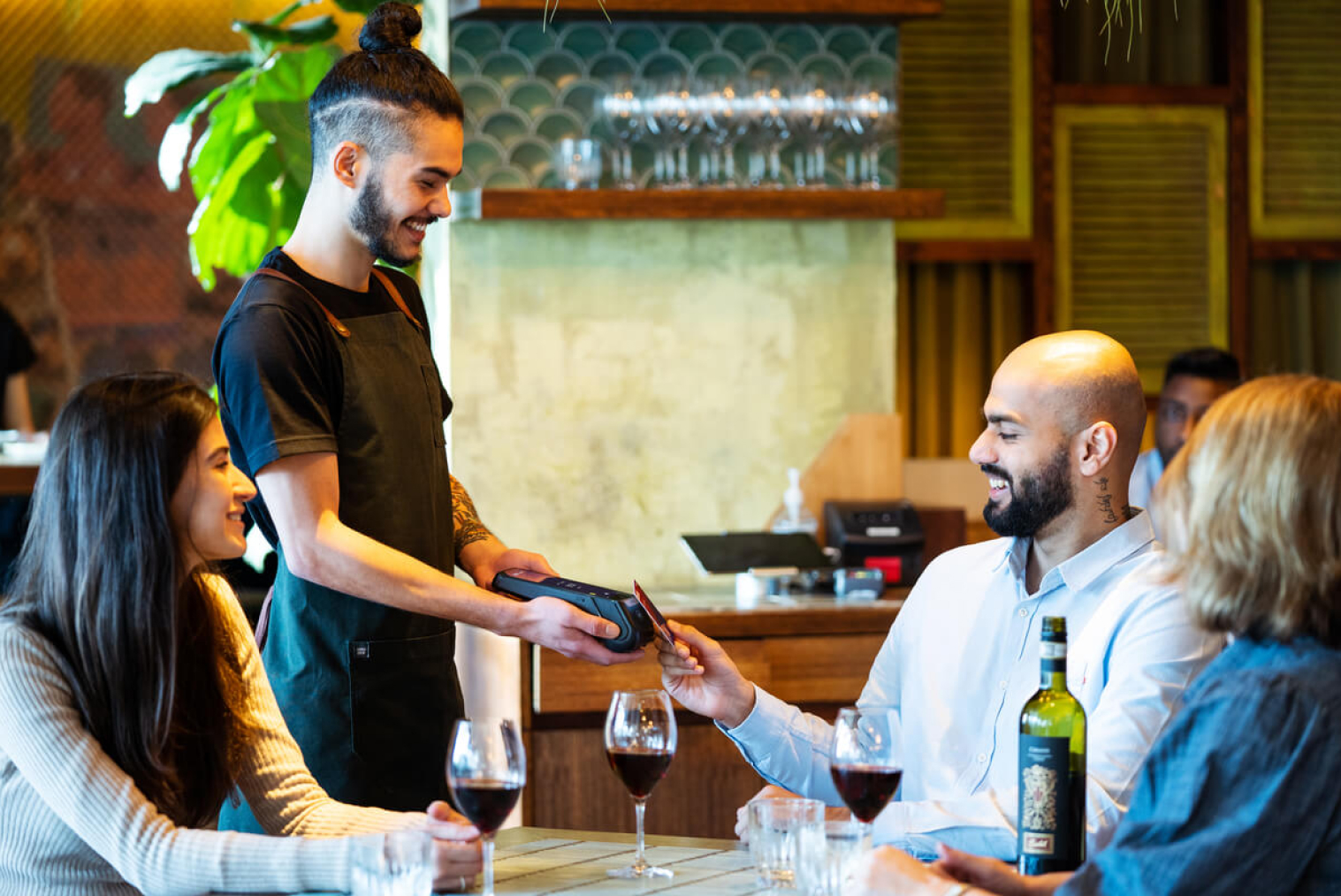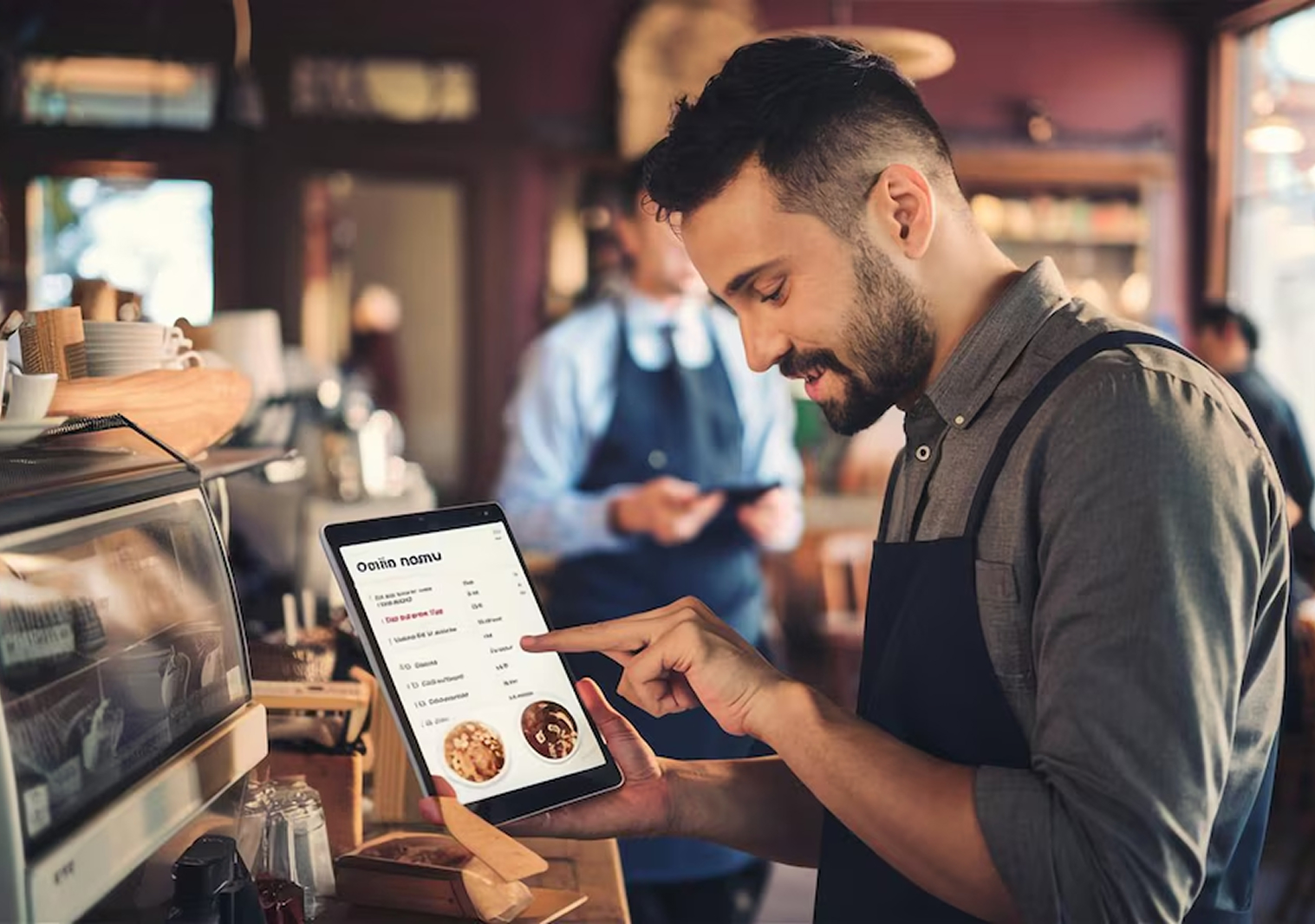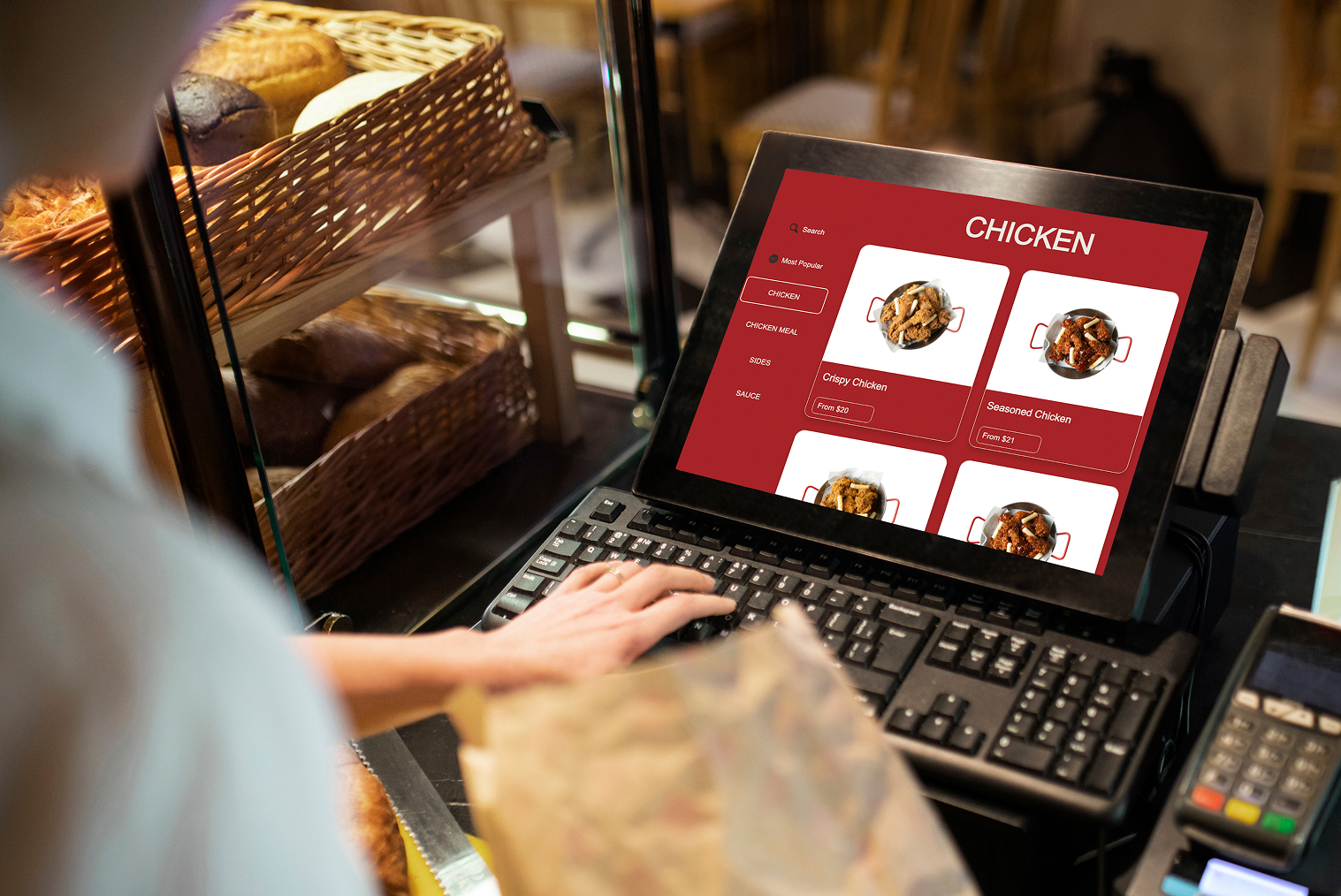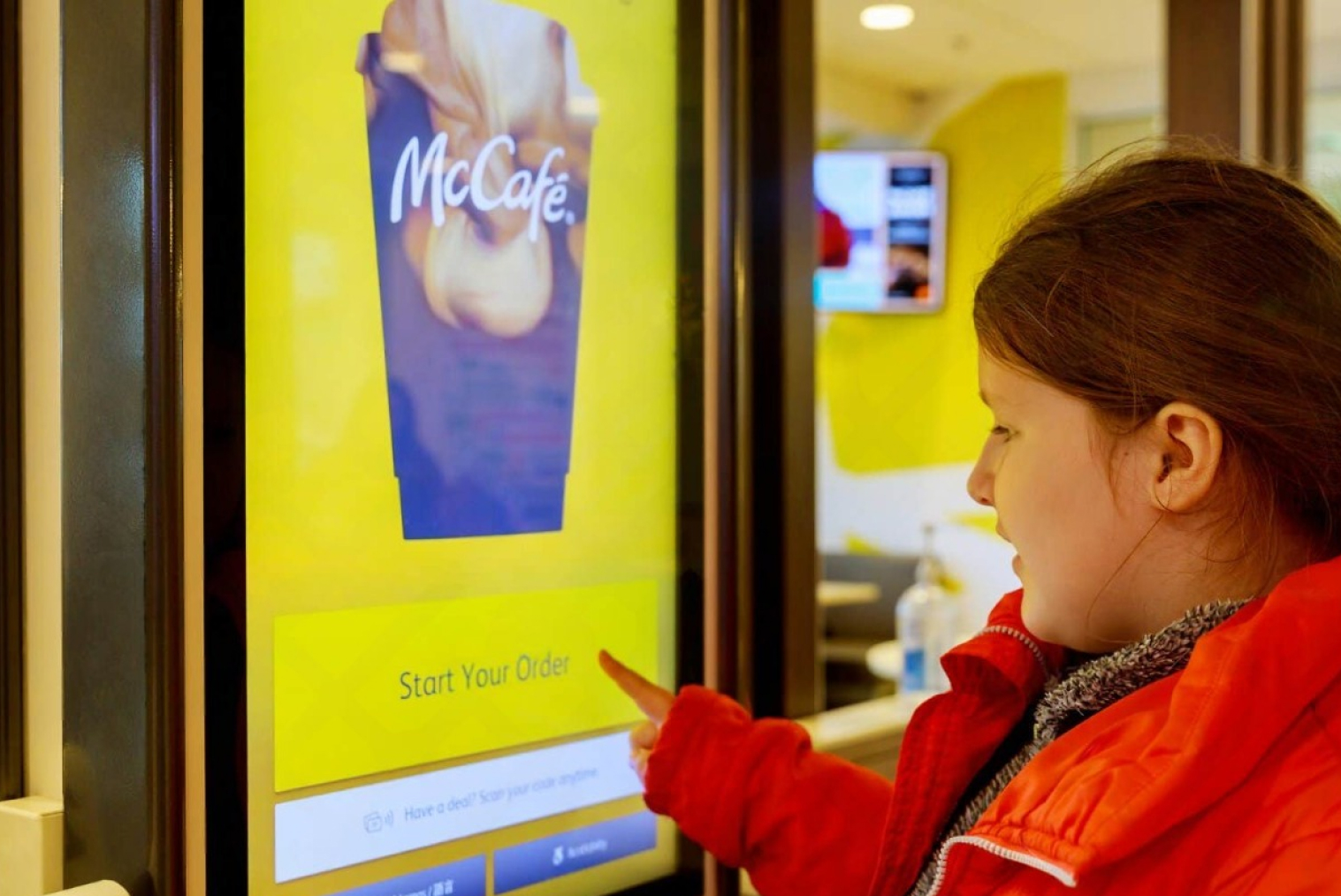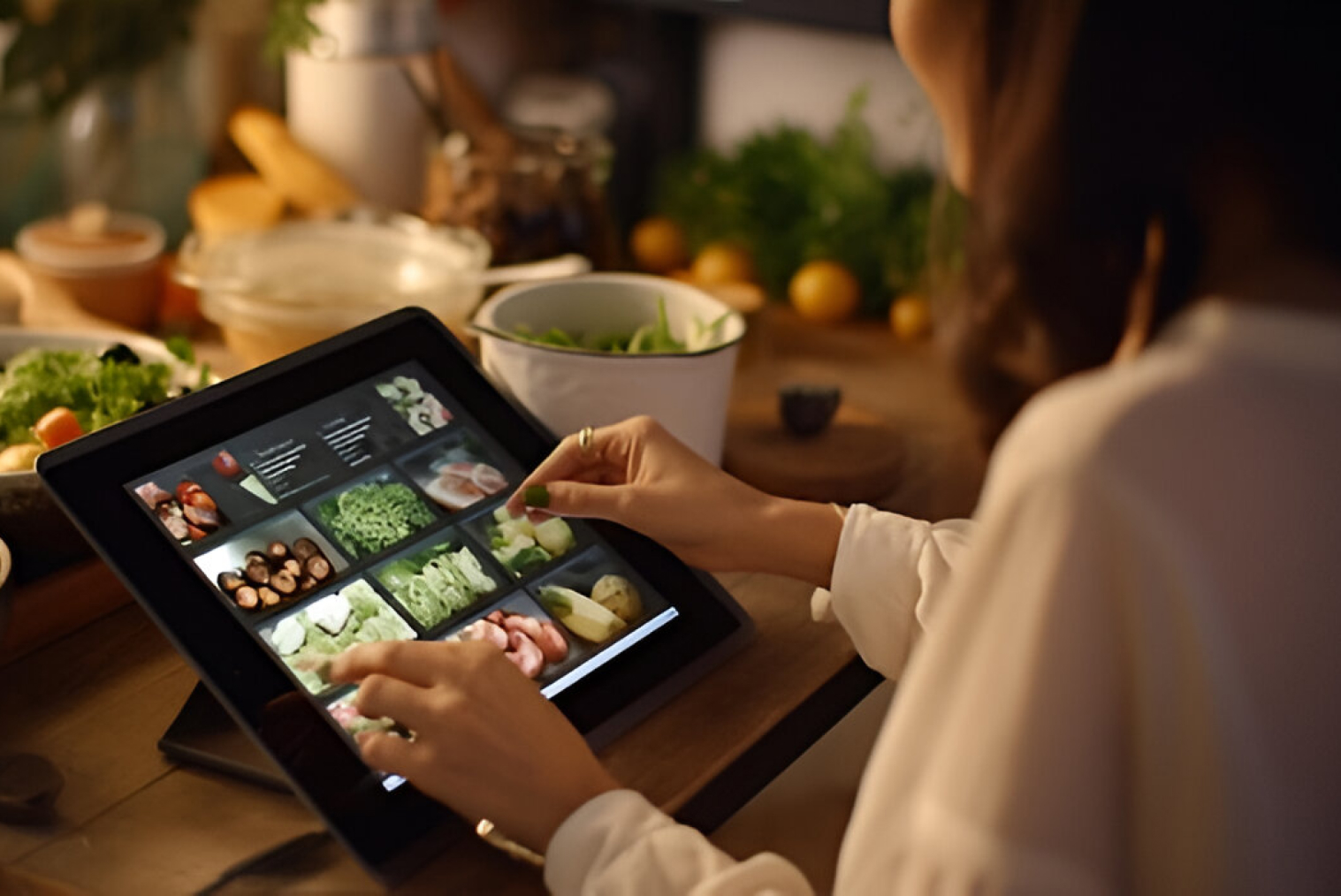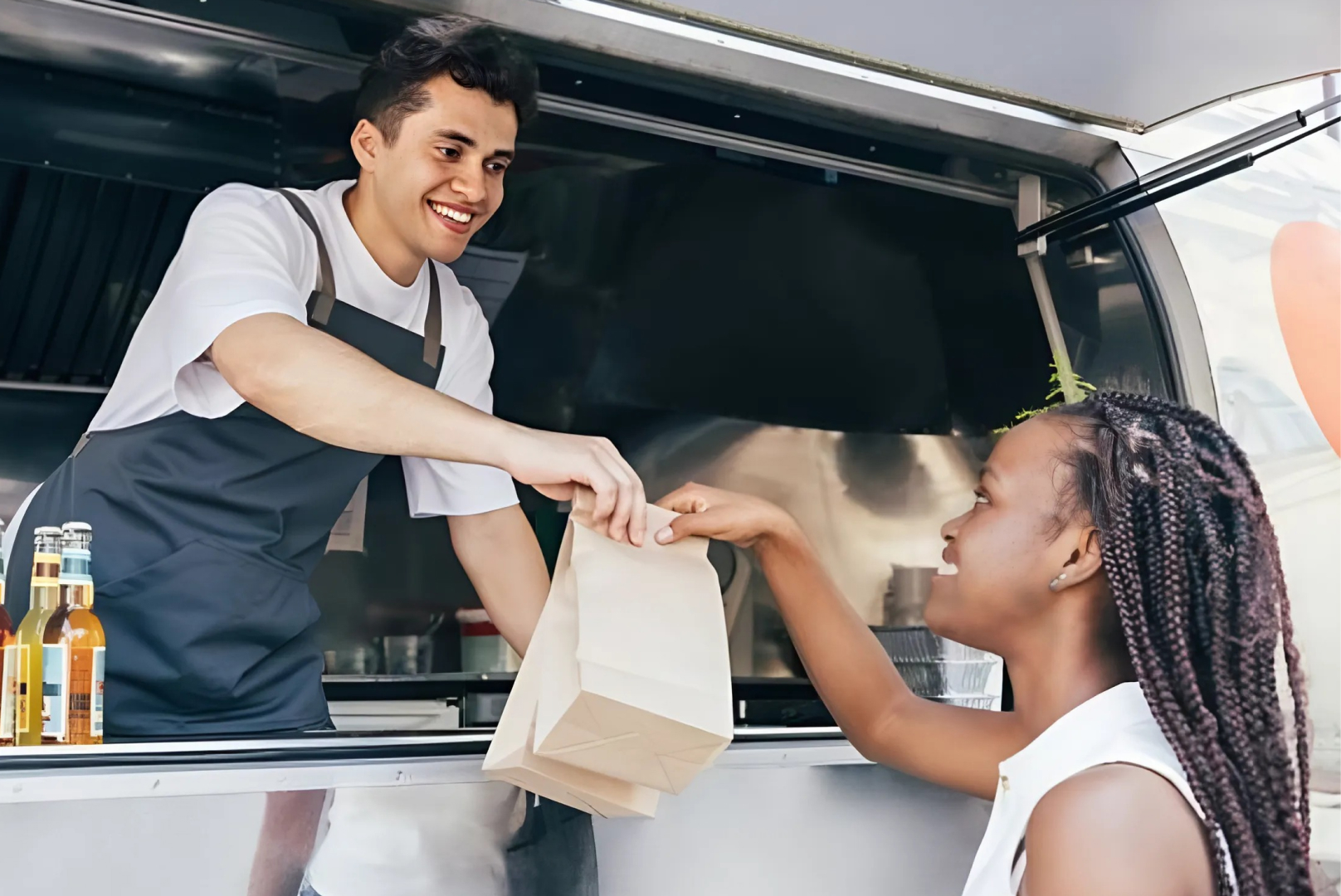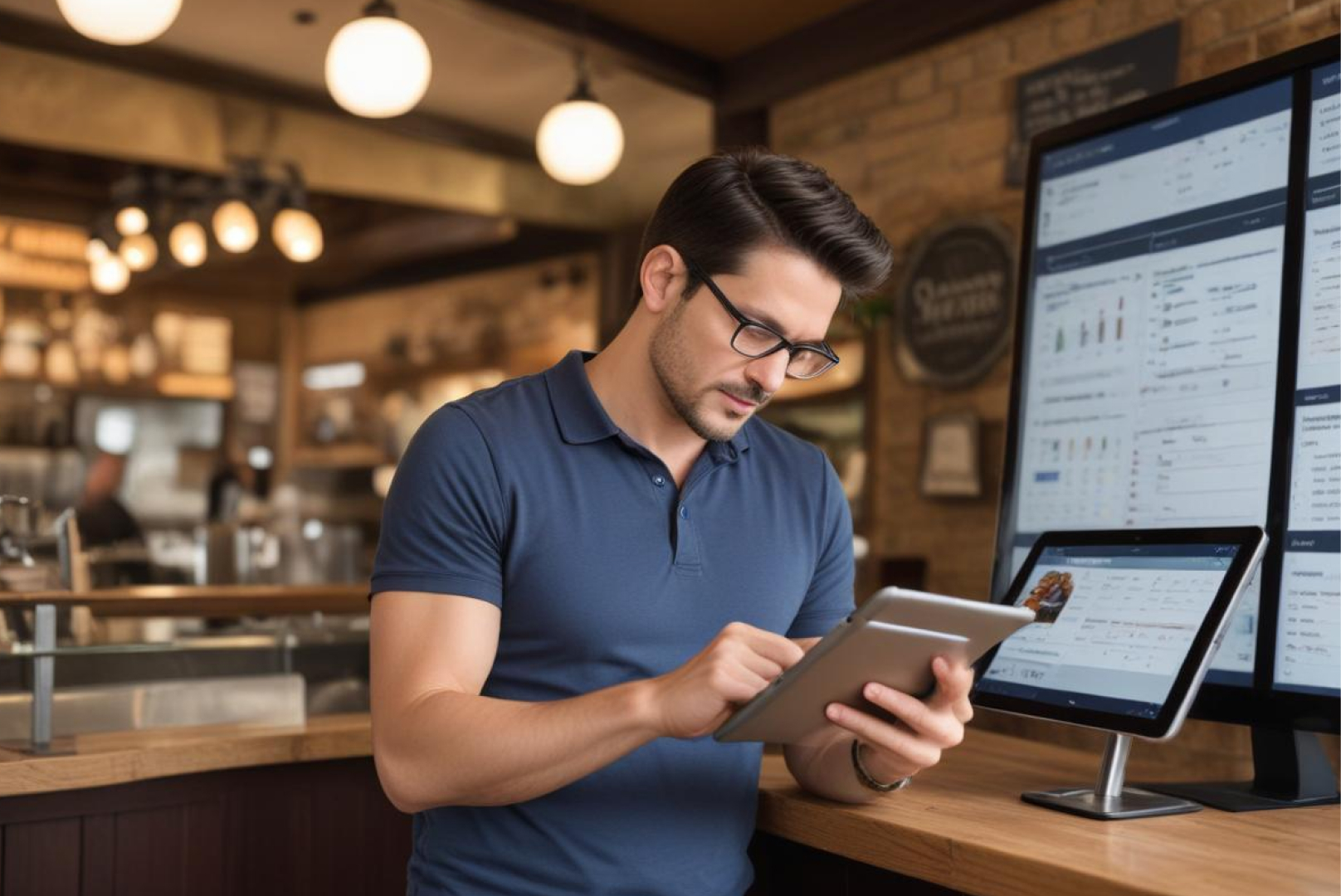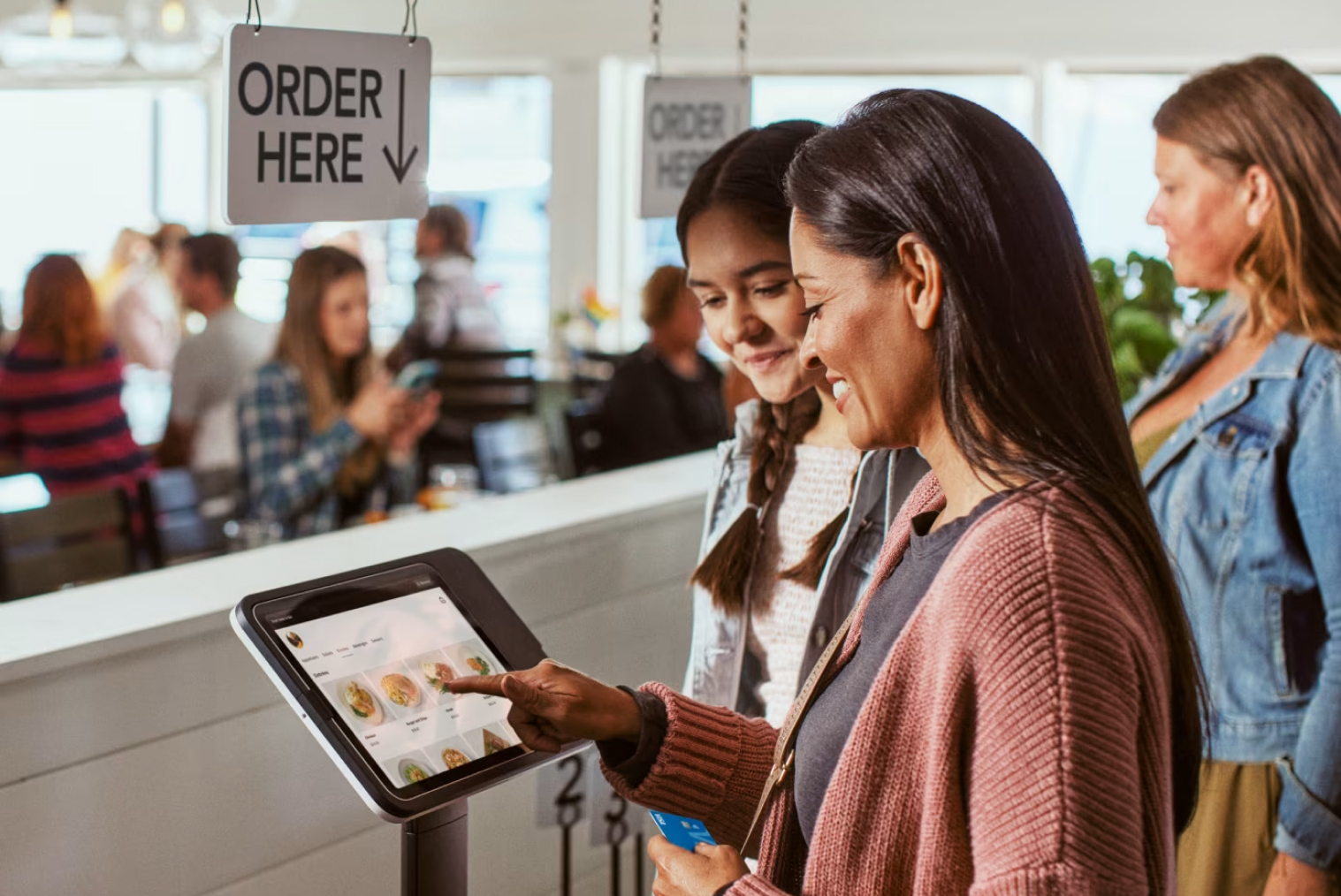In today’s fast-moving dining world, customers want speed, convenience, and a touch of personalisation in every order. Self-service kiosks are the only best solution—helping restaurants serve better, faster, and smarter. Let’s explore how these innovative technologies are transforming the customer experience and setting a new standard for restaurant service.
What Is a Self-Service Kiosk?
A self-service kiosk is a touchscreen terminal where customers can browse the menu, customise their orders, and make payments—all without needing to queue at a counter.
These kiosks integrate directly with the restaurant’s POS (Point-of-Sale) and Kitchen Display System (KDS), ensuring orders flow seamlessly from customer to kitchen. Whether it’s a quick-service restaurant (QSR), a busy food court, or even a full-service eatery catering to a tech-savvy crowd, kiosks are becoming a must-have tool for enhancing convenience and seamless restaurant mangement.
Major Restaurant Advantages of Self-Service Kiosks
Quicker Ordering, Less Waiting
With kiosks, multiple customers can place orders at the same time, reducing counter overcrowding and speeding up service—especially during lunch rushes or weekends. This frees up your staff to focus on food preparation and table service, ensuring less waiting time and hassle free experience for customers.
Enhanced Order Accuracy
Order mistakes? No way!. Customers directly input their choices—whether that’s “no mayo,” “extra cheese,” or “gluten-free”—and the request is sent straight to the kitchen. This reduces miscommunication and ensures every plate matches the order perfectly.
Increased Average Ticket Sizes
Kiosks never forget to upsell. They automatically suggest combos, add-ons, and upgrades at just the right moment. Research shows kiosks can increase average ticket size by 15–30%, thanks to these smart, personalised upselling prompts.
Individualized Experiences Via CRM
With CRM integration, kiosks can greet returning customers, display their favourites, and offer loyalty rewards or targeted deals. This personal touch boosts customer loyalty—without adding extra work for your team.
Contactless, Secure Payments
Today’s customers expect a safe, contactless checkout experience. Kiosks support UPI, QR codes, mobile wallets, debit/credit cards—keeping transactions quick, hygienic, and seamless.
Labour Optimisation Without Affecting Service
Instead of replacing staff, kiosks benifits you in making them work more efficiently. Your team can spend more time delivering great food and service while kiosks handle repetitive front-end tasks.
Consistent Branding and Visual Appeal
Kiosks double as digital marketing displays. High-quality images, videos, or animated promotions can showcase seasonal specials or trending items—all updated remotely through your POS for consistent branding across locations.
Multi-Language and Accessibility Features
From multiple language options to larger fonts, audio guidance, and visual aids, kiosks make ordering easier for everyone—including differently-abled customers—ensuring inclusivity and compliance with accessibility standards.
Why Self-Service Kiosks + POS = Maximum Efficiency
A kiosk’s full potential is unlocked when it’s integrated with your POS. Orders update inventory in real-time, customer data syncs instantly, and loyalty points are tracked automatically.
The result? Faster order processing, fewer errors, improved operational visibility, and an overall smoother dining experience and hassle-free restaurant managemtn—both for your customers and your staff.
Final Thoughts
Self-service kiosks are no longer a “nice-to-have”—they’re a necessity for modern restaurants. They speed up service, improve accuracy, boost sales, and make customers happier.
Whether you’re running a QSR chain, a neighbourhood café, or a food court stall, investing in kiosks is a proven step toward greater efficiency, profitability, and future readiness.
Summary – Key Takeaways
- Self-service kiosks improve speed, accuracy, and customer satisfaction.
- Integrated with POS systems, they offer full operational control—from order flow to inventory and CRM.
- Restaurants using kiosks see higher revenue, lower queue times, and happier, returning customers.
About Tabin
This blog is published by Tabin, a trusted partner for restaurants across New Zealand. We specialise in modern self-service kiosk solutions and integrated POS technology helping restaurants deliver faster, smarter, and more personalised service.
Frequently Asked Questions (FAQs)
Q1: What is a self-service kiosk used for in restaurants?
It allows customers to browse the menu, place orders, and pay—making the dining process faster and more efficient
Q2: What are the benefits of using a self-service kiosk in restaurants?
Benefits include faster service, higher order accuracy, personalised experiences, increased sales, and labour optimisation.
Q3: Do kiosks work with restaurant POS systems?
Yes. Kiosks can fully integrate with your POS and kitchen systems, enabling seamless order processing, inventory updates, and CRM tracking.
Q4: Can self-service kiosks support multiple payment methods?
Absolutely. Most modern kiosks support UPI, QR codes, mobile wallets, debit/credit cards, and even instalment payments.
Q5: Are kiosks suitable for small restaurants or only large QSRs?
Both! Small eateries, cafes, and even food stalls can benefit from self-service kiosks with modular features suited to their needs.

